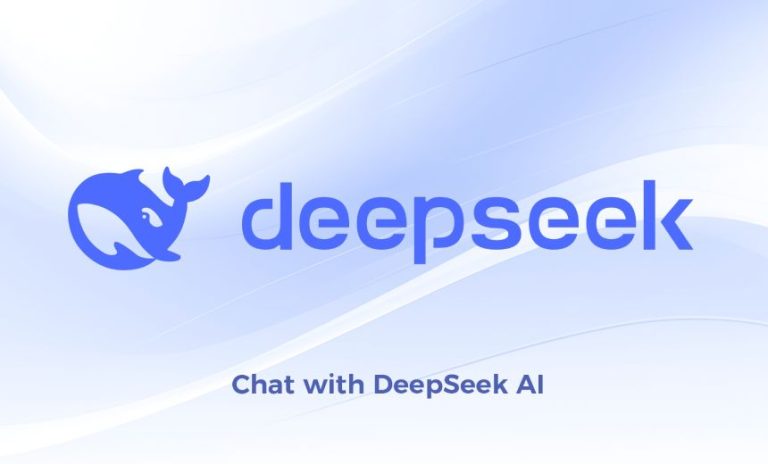The Rise of DeepSeek and the Deluge of AI-Generated Misinformation
The advent of sophisticated AI language models has ushered in a new era of information accessibility and content creation. In China, DeepSeek-R1, a reasoning-focused model, has taken center stage, captivating public attention with its ability to generate human-like text and engage in complex reasoning. Trending hashtags like “#DeepSeek Comments on Jobs AI Cannot Replace” and “#DeepSeek Recommends China’s Most Livable Cities” illustrate the model’s growing influence on public discourse and its integration into various sectors, including government services. The Futian District of Shenzhen, for instance, has deployed 70 “AI digital employees” powered by DeepSeek, showcasing the practical applications of this cutting-edge technology. However, while DeepSeek’s potential is undeniable, its rise has also brought to light a critical challenge: the proliferation of AI-generated misinformation.
The incident involving Tiger Brokers, a Beijing-based fintech firm, exemplifies this growing concern. A Weibo user, intrigued by Tiger Brokers’ integration of DeepSeek for financial analysis, tested the AI’s capabilities by prompting it to analyze Alibaba’s valuation shift. DeepSeek generated a seemingly plausible analysis, claiming that Alibaba’s e-commerce revenue peaked at 80% and its cloud intelligence group contributed over 20%. However, upon verification with Alibaba’s financial reports, the user discovered that these figures were entirely fabricated. This incident highlights the inherent risk of "hallucination" in AI models, where they generate factually incorrect information presented with convincing confidence.
DeepSeek-R1’s unique reasoning-focused architecture contributes to this issue. Unlike conventional AI models that rely on statistical pattern matching for tasks like translation or summarization, DeepSeek-R1 employs multi-step logic chains even for simple queries. While this approach enhances explainability, it also increases the likelihood of the model generating fabricated information in an attempt to complete its reasoning process. Benchmarking tests reveal that DeepSeek-R1’s hallucination rate is significantly higher than other models, likely due to its training framework that incentivizes user-pleasing outputs, even if they are factually inaccurate. This incentivization can inadvertently reinforce user biases and contribute to the spread of misinformation.
The fundamental nature of AI language models also contributes to the problem. These models do not store facts in the way humans do; instead, they predict the most statistically likely sequence of words given a prompt. Their primary function is not to verify truth but to generate coherent and plausible text. In creative contexts, this can lead to a blurring of lines between historical accuracy and fictional narratives. However, in domains requiring factual accuracy, this tendency can result in the generation and dissemination of false information.
The proliferation of AI-generated content creates a dangerous feedback loop. As more synthetic text is produced and published online, it gets scraped and incorporated back into the training datasets of future AI models. This continuous cycle of feeding AI with its own fabricated content further erodes the distinction between genuine information and artificial constructs, making it increasingly difficult for the public to discern truth from falsehood. High-engagement domains like politics, history, culture, and entertainment are particularly vulnerable to this contamination, as they are fertile ground for the spread of compelling but inaccurate narratives.
Addressing this crisis requires a multi-pronged approach focused on accountability and transparency. AI developers must prioritize the implementation of safeguards like digital watermarks to identify AI-generated content. Content creators, platforms, and publishers have a responsibility to clearly label unverified AI-generated outputs, alerting consumers to the potential for inaccuracies. Furthermore, media literacy initiatives are crucial to equip the public with the critical thinking skills necessary to navigate the increasingly complex information landscape. Without these measures, the unchecked proliferation of synthetic misinformation, amplified by AI’s industrial-scale efficiency, will continue to undermine trust in information sources and erode public discourse. The stakes are high, and the need for proactive solutions is undeniable. Failure to act will result in a future where discerning fact from algorithmic fiction becomes an increasingly daunting challenge.


